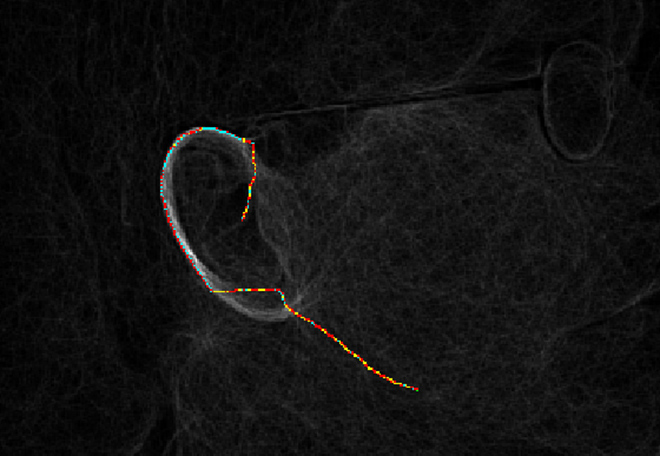
Ears are the new fingerprints
Think of your favorite crime show on TV.
Now, think of the scene where the police are investigating the crime scene.
Chances are the scene you’re thinking about now features an officer dusting for fingerprints. This tactic is a surefire way to identify a suspect who isn’t wearing gloves because fingerprints are one of our most unique characteristics, but strangely enough, there is another appendage that rivals their identifiability.
Though they share a relatively constant anatomical structure, ears are actually unique to every living person. Our ears are fully formed when we’re born, but over time, they gradually grow and shape into a totally distinctive part of our living body. Though ears never reach a final form, they may provide a more efficient and accurate identification than even fingerprints.
Detectives are no stranger to ear identification. In 1998, the first murder conviction based on an ear print was determined in England when the perpetrator placed his ear against a newly
washed window, but investigators can’t count on criminals consistently placing their ears against household objects.
That’s why in 2010, a new technology called “image ray transformation” debuted and changed the way scientists think about identification. This tool, which boasts an almost flawless accuracy rate according to biometric researchers at the University of Southampton, shines a light on the outer ear and curves around its tubular features. An algorithm then draws over the curves until a wholly distinct image of the ear is illustrated in the system.
This type of technology is not totally out of left field. Airport security regularly uses biometrics for their facial recognition programs, and by adding image ray transformation to their repertoire, it would increase the chances of identifying any potentially dangerous travelers.
Proponents admit that there are some limitations to this new method, including hair covering the ear, unideal lighting situations and the potential for skewed angles to throw off the photographic ID, but they don’t want this new technology to replace fingerprinting. The purpose is to supplement this method, to provide an alternative when the other is no longer feasible.
In a world that hosts more than 6 billion people, it’s difficult to capture every dangerous crook on the street, but as these new biometric technologies evolve and we learn more about how our bodies work, we can save more people’s lives and make this world a safer place to live in.
